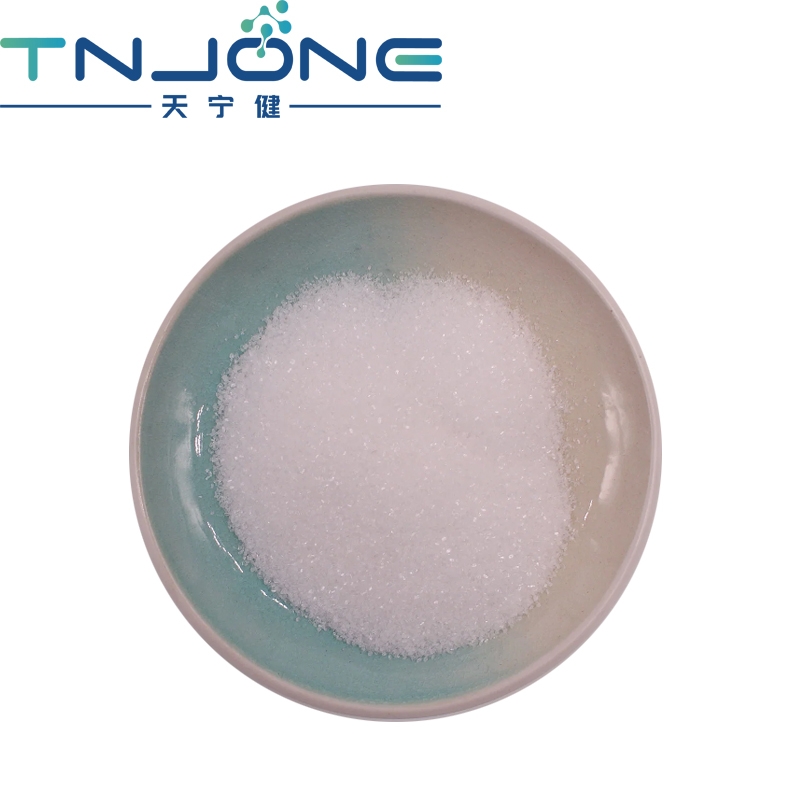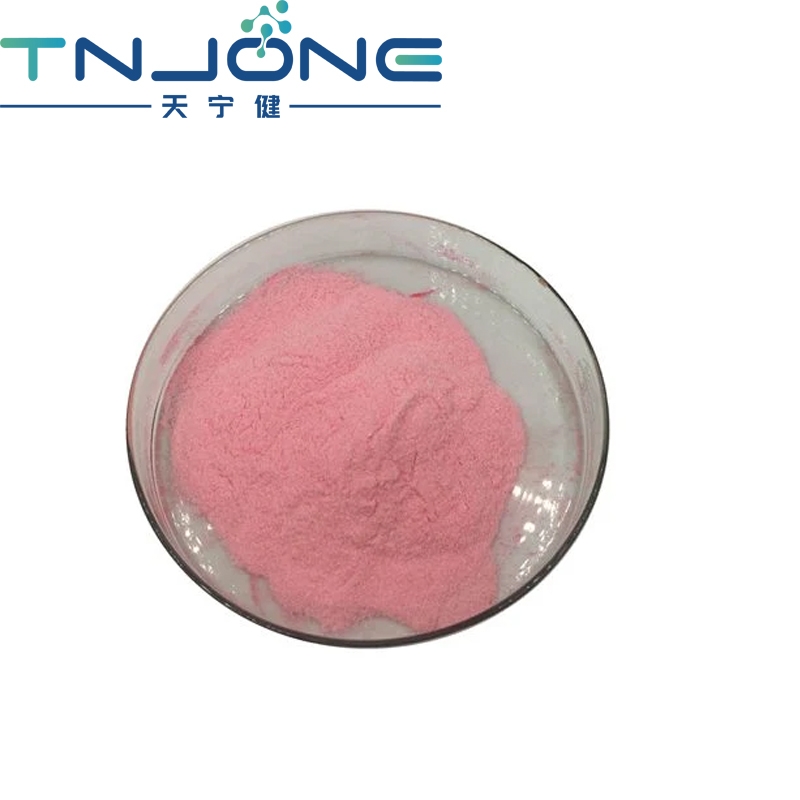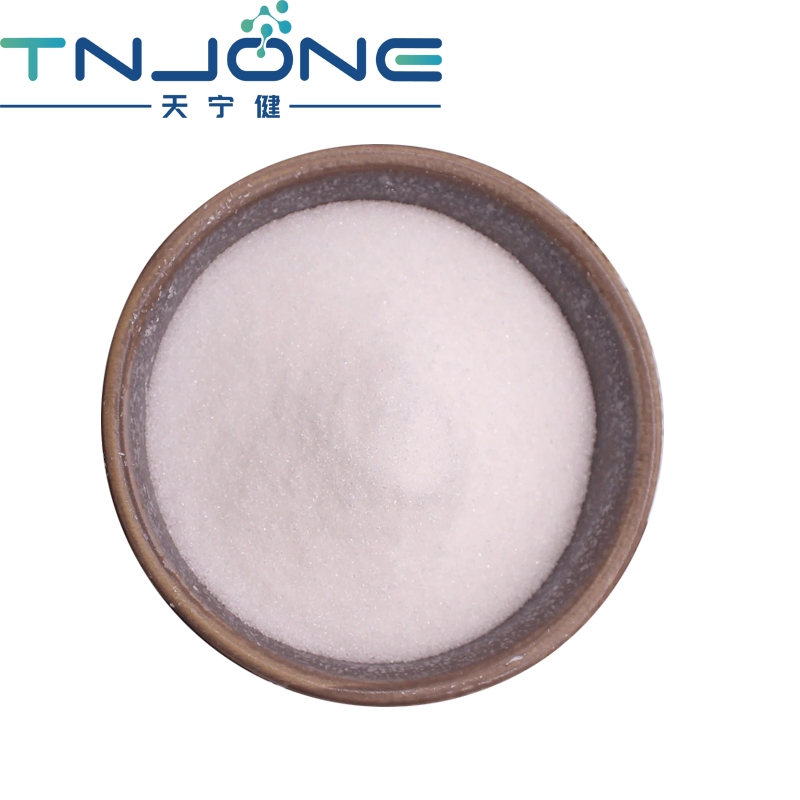-
Categories
-
Pharmaceutical Intermediates
-
Active Pharmaceutical Ingredients
-
Food Additives
- Industrial Coatings
- Agrochemicals
- Dyes and Pigments
- Surfactant
- Flavors and Fragrances
- Chemical Reagents
- Catalyst and Auxiliary
- Natural Products
- Inorganic Chemistry
-
Organic Chemistry
-
Biochemical Engineering
- Analytical Chemistry
-
Cosmetic Ingredient
- Water Treatment Chemical
-
Pharmaceutical Intermediates
Promotion
ECHEMI Mall
Wholesale
Weekly Price
Exhibition
News
-
Trade Service
Previous media reports that "experts say premium infant formula contains more than 40 kinds of food additives" have raised concerns among many parents. There are also careful mothers looking at the label of baby milk powder found that a can of milk powder ingredients list, indeed listed dozens of substances, especially some names look "chemical" substances, people feel a little confused. Such as potassium citric acid, L-astrochmic acid, hydrocholine acid, d-alpha-acetate tocopherol, hydrochloric acid sterol, 5'-monophosphate cytosine and so on. What exactly are these substances? Are they really all food additives?
below we have selected a market for the sale of infant formula, to everyone to do an analysis.ingredients list for a brand of infant formula: lactose, vegetable oil (high lysate sunflower oil, soybean oil, coconut oil), skimmed milk powder, concentrated whey protein, low poly semi-lactose (GOS, lactose source), potassium citrate, tricalcturate phosphate, sodium chloride, calcium carbonate, chlorine Magnesium chloride, potassium chloride, iron sulfate, zinc sulfate, copper sulfate, manganese sulfate, potassium iodide, sodium seleniumate, L-astragic acid, hydrochloric acid choline, astrain palmate, mixed tocopherol concentrate, d-alpha-acetic acid tocopherol, Niacinamide, D-calcium ubiquitin, palmitic acid vitamin A, nucleoprotin, thiamine hydrochloride, pyridoxine hydrochloric acid, folic acid, plant methylphenidate, D-biotin, vitamin D3, cyan cobaltamine, peanut tetrylafinate oil (AA, source of alpine spore mold), 22 carbon hexaoleate grease (DHA, cocoon methyl algae source), nucleotides (5'-monophosphate cytosine, 5'-bird nucleotide di sodium, 5'-urinotide di sodium, 5' monophosphate adenosine), taurine, inositol, L-carnitine, Serotonin (the source of the chrysanthemum), beta-carotene.this baby milk powder ingredient table is really long enough, nearly 50 kinds, but let's carefully analyze, what exactly are they?First of all, the above ingredients in lactose, vegetable oil, skimmed milk powder, concentrated whey protein, etc. are food raw materials, according to China's relevant standards, ingredients in the ingredients table should be marked according to their content from high to low, so these are the main raw materials in infant milk powder. And then start with lysum semi-lactose, all the way up to the last substance on the ingredients list, which is actually a nutritional enhancer. And the real sense of food additives, this product is actually a useless.Nutritional fortifications are natural or synthetic nutrients and other nutrients added to food to increase its nutritional content (value), which, in layman's terms, is added to increase the "nutritional value" of the product.why are so many nutritional enhancers added to infant formula? We know that breast milk is the best food for babies and provides a comprehensive and balanced diet. However, infant formula is their only source of nutrients for those infants who cannot be breastfed, so it must be produced to a "golden standard" of breast milk to meet the infant's comprehensive and balanced nutritional needs. China's national standard GB10765 "baby formula food", energy and all nutrients (protein, fat, carbohydrates, vitamins, minerals, etc.) have strict requirements, can not be too low, too low can not meet the needs of the baby, can not be too high, too high will increase the baby's metabolic burden. This requires infant milk powder manufacturers must strictly control all raw materials, according to the need to add a variety of vitamins, minerals, other nutrients and other raw materials, to meet the needs of infants and standard requirements, so the infant milk powder ingredients list will be so long. In fact, not only "high-end" milk powder, any qualified baby milk powder must be added to so many substances. As for which nutritional enhancers can be added, China's Food Nutrition Fortification Standards (GB14880) also have strict regulations, only after safety assessment and inclusion in the standard list can be used. Such as the above product ingredients list of astrophalt palmate is the source of vitamin C, d-alpha-acetate tocopherol is the source of vitamin E, thiamine hydrochloride is the source of vitamin B1 and so on.the public opinion that infant formula contains more than 40 kinds of food additives is not completely misleading, mainly related to our country's previous management model. In the past, China has been using nutritional fortifications as a kind of food additives to manage, resulting in many of the above-mentioned misunderstandings. With the deepening of understanding and the improvement of management ideas, drawing on the management model of various countries, in China's newly released
national standards
national standards
food additives
use standards" (GB2760-2014),
four food additives
definitions and types no longer include nutritional enhancers, I believe that in the future such misunderstandings will gradually reduce.but the final reminder is that no matter how perfect the standard and raw materials of baby milk powder are, it is not comparable to the full range of benefits that breastfeeding brings to mothers and babies.
.







